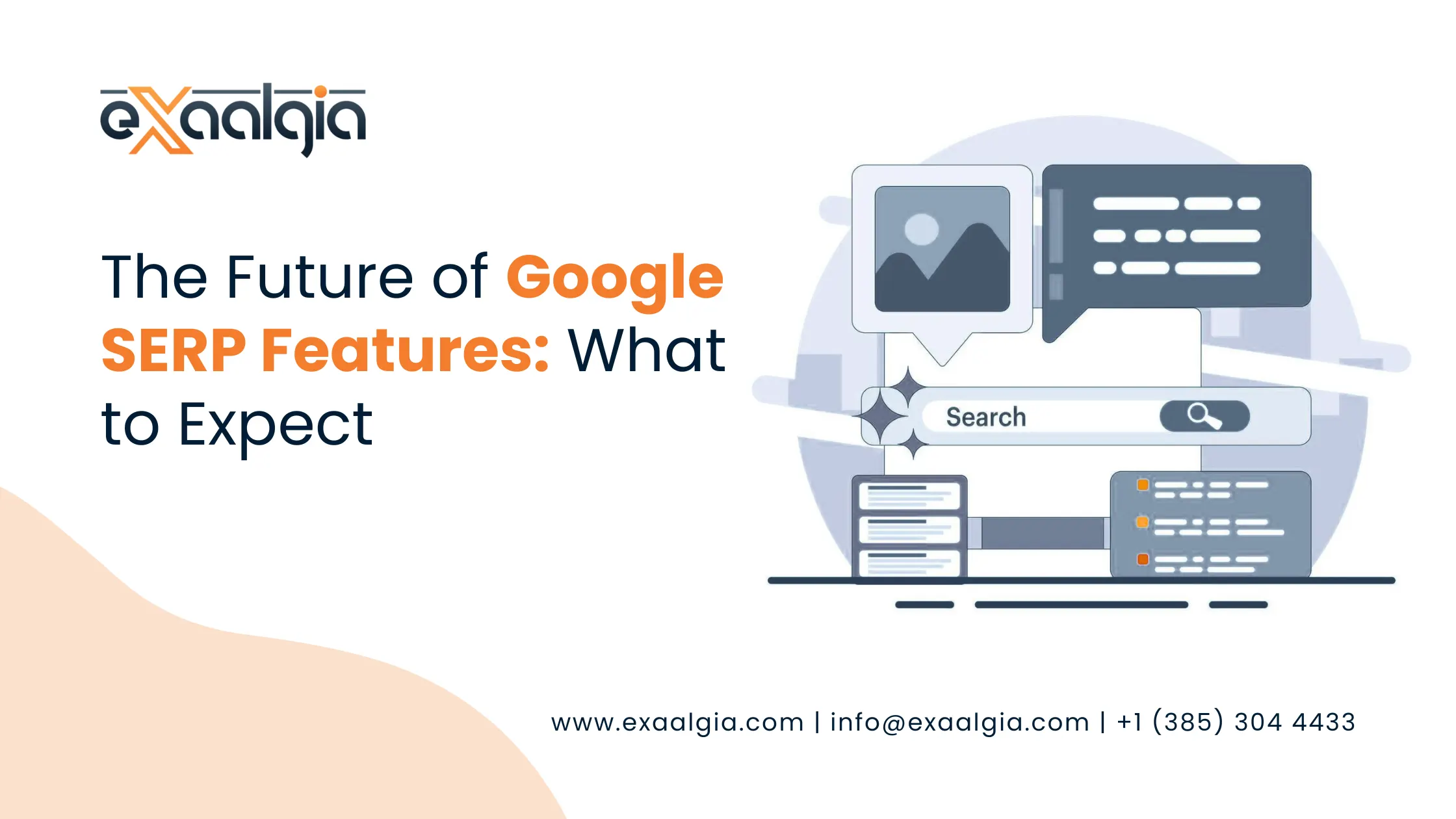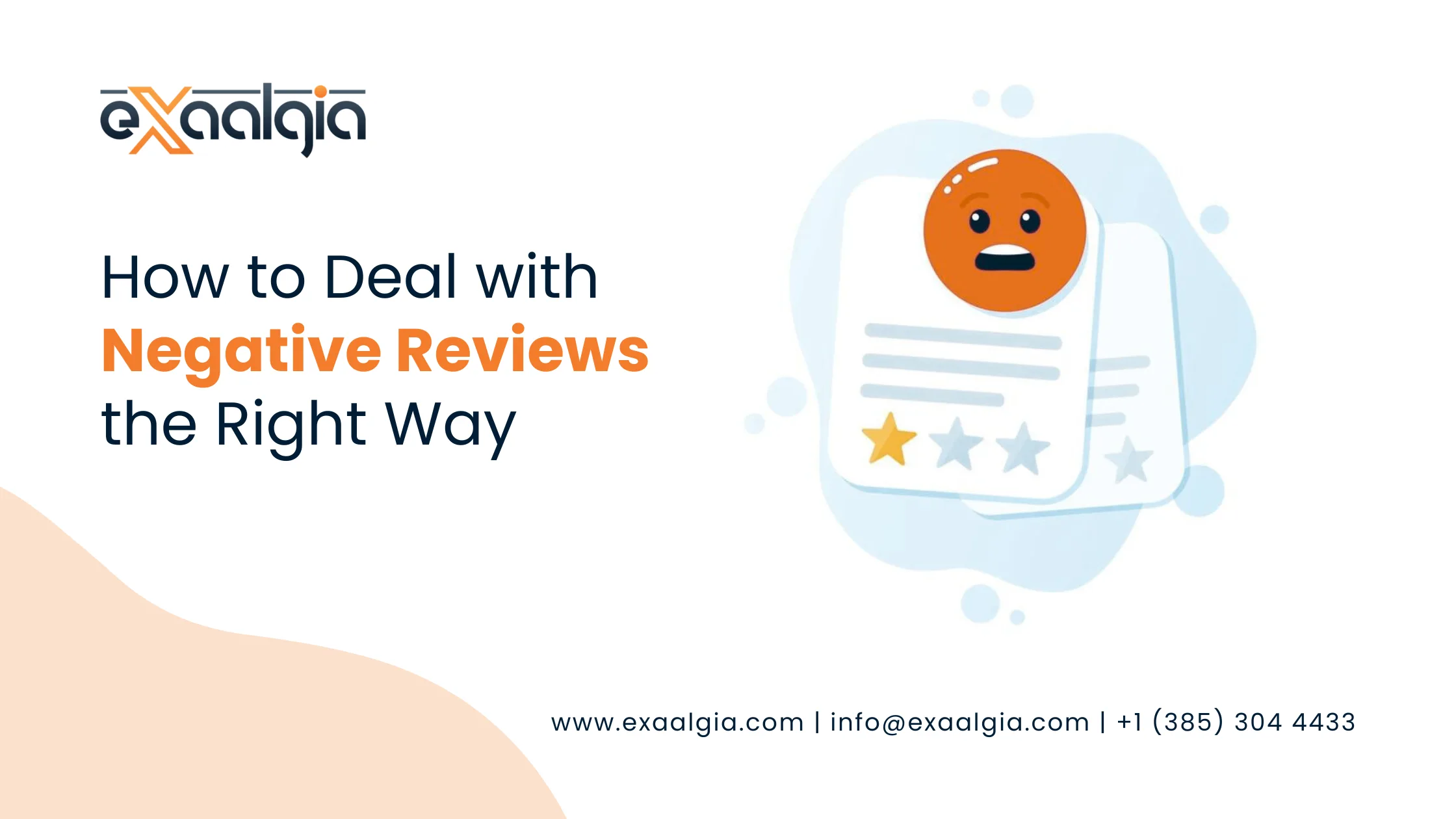Understanding Google SERP Features
A SERP feature is defined as anything which shows up on the Google results pages and provides a set of statistics or capabilities that a standard natural listing cannot do. The features enable people to get answers and discoveries on the results page today, where they are no longer required to insert a hyperlink to a web page.
As another example, featured snippets offer a direct, brief answer to a question; knowledge panels contain a summary of factual information about an entity; and the People Also Ask boxes offer a list of growing related questions and brief responses. Strong usage of visual previews takes centre stage with image and video carousels, and local packs show maps and important information about local enterprises. Ad blocks, shopping options, and immersive previews are introduced, as well as the prices, with an AI overview providing smart, synthesized answers compiled from the entire net.
It is time to see what these Google SERP features are like nowadays, how they changed in 2025 and what to expect further.
The Modern SERP – Transforming User Experience
Featured Snippets
At the very top of results, featured snippets answer specific user queries in tight, digestible blocks: definitions, how-to steps, lists, and even comparison tables. Users often get what they need right at a glance, reducing the necessity of visiting a dedicated page. However, as Google rolled out AI overviews, conventional featured snippets have shifted down the page. Although they’re still highly desirable for driving clicks, their visibility and impact have changed. Featured snippets now compete directly with dynamic carousels and AI-generated result blocks.
AI Overviews: The Disruptive Powerhouse
The most seismic change to the SERP recently arrived in the form of AI overviews, also referred to as SGE, or Search Generative Experience. Introduced in 2024 and fully embraced throughout 2025, AI overviews now appear above all other results and use generative AI to instantly generate thorough, relevant answers.
AI overviews dominate queries asking for information, “how to”, or broad overviews, handling questions that previously produced multiple organic links. This feature can reduce the click through rates for organic results, as users increasingly find what they’re after without leaving the SERP. AI overviews usually cite source websites, but Google’s summary takes centre stage even above some ads. For transactional queries, product AI overviews enable users to view and compare products or even try them on virtually, all before deciding to visit a retailer’s site.
People Also Ask and Related FAQs
The “People Also Ask” feature presents a constantly updating list of questions that real users have searched in relation to the original query. When a user clicks on a question, the box expands to reveal a summary answer, typically taken from a top-ranking website. The more users interact, the longer and more detailed the list becomes. By 2025, this feature appears on more than half of all Google result pages. Drawing content from a broader set of websites than ever, “People Also Ask” offers even small domains the opportunity to gain visibility, especially if they provide direct, relevant answers to unique or long-tail questions.
Knowledge Panels and the Knowledge Graph
Knowledge panels appear to the right of Google’s desktop search results or at the top in mobile views. These boxes consolidate key facts about places, people, organizations, and other entities, tapping sources like Wikipedia, Google My Business, and high authority websites. Over time, knowledge panels have become more robust, integrating social media links, photos, and current news. The engine powering them, the Knowledge Graph, keeps expanding, enriching the searchable web, and enabling faster, entity-based browsing and direct answering within the SERP.
Local Packs and Maps
Whenever Google detects local intent, users are presented with a local pack featuring a map and several business listings with key information such as addresses, reviews, hours, and navigation directions. The algorithm behind these packs weighs proximity, relevance, and overall review ratings, often differently than it ranks traditional organic results. Optimization through Google My Business profile remains crucial, but now AI generated review summaries and recommendations are emerging as distinguishing features that further influence which businesses get displayed most prominently.
Image, Video, and Social Carousels
Image and video carousels now dominate many SERPs, especially when visual answers are likely to be most useful. The image packs have grown more detailed, featuring larger thumbnails and now suggesting results for a greater range of queries. Video carousels typically highlight YouTube, though select non-YouTube sources make the cut too, especially when well-marked with schema markup. Carousels occasionally feature trending social media snippets, helping users quickly discover content from platforms like X/Twitter. By 2025, these rich multimedia panels take up substantial space on both desktop and mobile, reflecting users’ increasing preference for visual content.
Top Stories, News, and Forums
Google’s “Top Stories” carousel pulls together breaking news, while its definition of newsworthiness has grown more expansive, now including reputable blogs, relevant local updates, and, on occasion, select forum posts. However, user-generated content and classic forum panels have become less prominent compared to a few years ago. This shift is largely driven by Google’s increased reliance on AI summaries and verified news sources within the results page.
Shopping Features and E-commerce
Google has turbocharged its shopping experience through advanced SERP features. The new AI-enhanced shopping mode allows users to enjoy an immersive browsing environment where they can filter products, compare them directly, and even benefit from “virtual try-on” previews for apparel and accessories. Users can track product prices from the SERP, receive alerts about price changes, and rely on more sophisticated trust indicators, such as verified merchant badges and comprehensive reviews. Regulatory changes in parts of the world, especially the European Union, have prompted Google to feature products from a broader set of sellers, not just the biggest players.
What’s Next? The Evolution of SERP Features
An “AI-First” Future for Search
As Google’s AI capabilities mature, more search journeys will play out entirely within Google’s own ecosystem. Every year, Google’s algorithms grow better at answering fact finding questions, walking users through complicated processes, and helping with product research or travel comparisons. This trend will likely accelerate, with comprehensive AI overviews appearing for a wider range of queries. Websites must learn to structure their content so that it’s cited and highlighted within these summaries, ensuring they maintain some form of visibility even as organic referrals dwindle.
Zero-Click Search on the Rise
By 2025, more searches are “zero-click” than ever before, meaning users’ journeys end within the SERP itself, without a single visit to third-party websites. This shift has major implications for businesses and publishers, whose content may fuel Google’s answers while generating less direct traffic to their own properties. To adapt, brands increasingly invest in owning branded queries and harnessing rich media such as downloadable PDFs, embedded videos, and even calls to action like app downloads or newsletter signups integrated directly into their visible Google snippets.
Growing Personalization and Context
Google’s SERP features are growing more customized in response to each user’s preferences, location, and search history. In e-commerce, for example, users may see in-stock products nearest them or receive alerts about deals for stores that match their past interests or account settings. In other contexts, such as travel or news, searchers are served regionally relevant information, making broad-appeal mass-SEO strategies less effective over time.
Tactics for Optimizing in the SERP Feature Era
To win visibility on today’s Google, websites must adapt continuously. To appear in featured snippets and “People Also Ask” results, use headings that reflect common user questions and provide clear, direct, and well structured answers right beneath them. Consider structuring arguments and explanations with clear hierarchies, tables, and step-by-step directions to signal relevance to Google’s algorithms.
Getting cited in AI Overviews requires comprehensive content written using clear, factual language that is kept up to date and contains well-sourced statistics or evidence. It’s important to update pages regularly, as Google tends to favour fresh, authoritative material when compiling AI-based responses.
Visual content is essential in this environment. Images and videos should include full schema markup, descriptive alt text, and high originality to be surfaced in carousels. Images especially must be tagged thoughtfully and uploaded at high quality so Google can confidently display them in relevant packs.
For local businesses, keeping Google My Business listings thoroughly updated with accurate location, open hours, photos, and active review engagement remains crucial. Using location-based language in website content further boosts a business’s chances of surfacing in local packs.
Monitoring SERP features regularly using SEO tracking tools is now a must. As Google changes which features are displayed for which keywords, agile digital marketers tweak strategies rapidly to maximize real estate on results pages.
Predictions for the Next Phase of Google Search
AI and machine learning are poised to orchestrate even more of the search experience, transforming the results page from a mere gateway into a destination in its own right. We can expect further interactivity, with users given toggles, sliders, and filters for comparing shopping, travel, and perhaps even informational results. Multimedia content, images and videos will continue to take up a bigger portion of SERP at the expense of exclusive text only results, dominating most general search queries.
Finally, the place on top of search results will stay with those who will be actively involved in new SERP optimization possibilities, who will introduce structured data on their pages and who will experiment with different types of content to fit it to each type of result block.
Ready for the SERP Revolution?
The future of Google SERP features is shifting, algorithmic, and always a surprise. The basic elements, such as good content, clever site structure, and topical authority, are more important than ever; however, it is more and more imperative to begin to understand and predict how Google will fulfil the user intent on the results page itself.
To remain competitive in this environment, they require new-age, explorative, and adaptive marketers who are open to change and who test new SERP features and optimisation techniques on a regular basis. Focusing on the actual purpose of each search and increasing the exposure of both basic and non-standard SERP blocks can allow organizations and brands to stay not only user visible but user critical as the Google search experience continues to transform.







